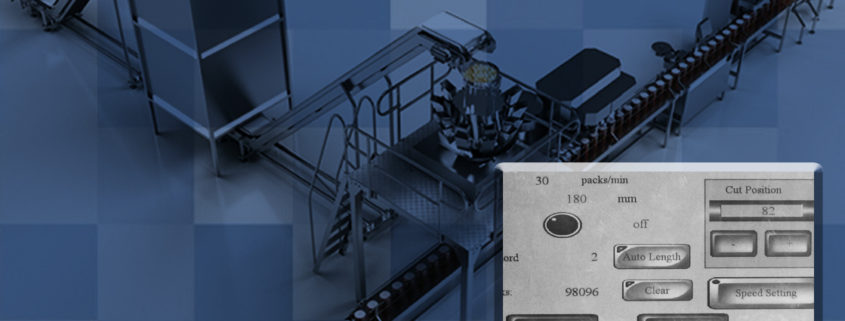“What is OEE and How Can It Be Measured?”
OEE Part 1 of 4 Part Blog
The term OEE is being thrown around a lot lately; so what is it exactly? Overall Equipment Effectiveness (OEE) is a concept used in lean manufacturing implementation. At a very basic level OEE can be measured using the following equation:
OEE = Availability X Productivity X Quality
or
OEE = A X P X Q
AVAILABILITY: is the amount of time, in percentage, the equipment is available to produce product vs the amount of time the equipment actually produced product.
Example: If a packaging machine was available to run for 8 hours, but only ran 7, you would have an Availability of 87.5%.
PRODUCTIVITY: is the comparison between maximum machine speed and actual machine speed. This can get confusing as not all packages have the same maximum machine speed; more complex packages take more time to produce, lowering your machine productivity.
Example: If a machine has a maximum speed of 120ppm (packages per minute), but only produces 80 ppm, its productivity would be 66%.
Example: If a machine has a maximum speed of 120ppm, but a more complex package can only be produced at 100ppm, the productivity would be 83%.
QUALITY: is the number of good packages produced compared to the total number of packages produced as a percentage.
Example: if a machine produced 28,800 packages and 28,000 packages passed QA, the quality is 97%.
If the scenario above is used for the OEE calculation it would look like this:
OEE = 87.5%(Availability) X 66%(Productivity) X 97%(Quality)
OEE = 56%!!!
This is a simple illustration of how quickly Overall Equipment Effectiveness can be lost in a production environment. In part two, we will discuss contributing factors to OEE loss, and how to mitigate them.

